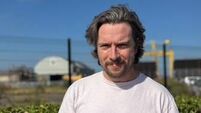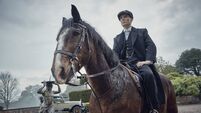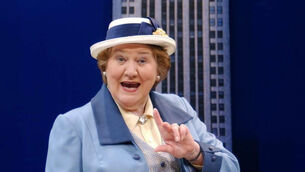Berlin blew cold then hot, but underneath it all is still Berlin
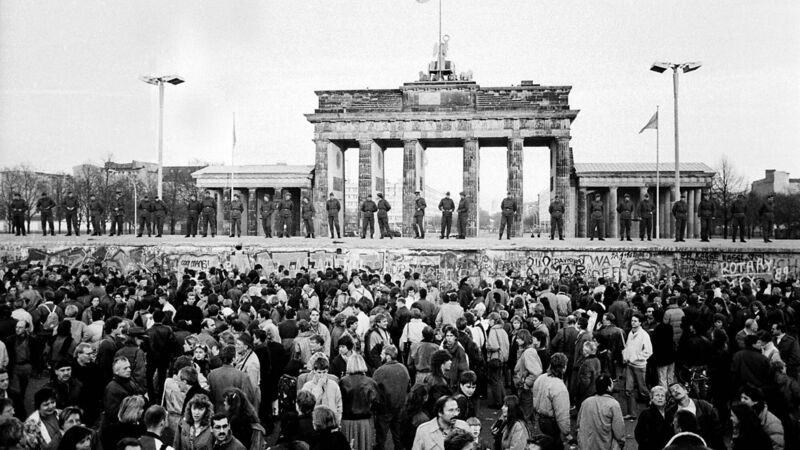
A crowd of people are separated from the Brandenburg gate by the Berlin Wall on November 10, 1989. File picture: Paul O'Driscoll
- The Dead City
- Michael Russell
- Constable, £15.99
Carol Reed’s film about Vienna after the Second World War, , begins: ‘I don’t remember the old Vienna …’ The city was carved up between America, Britain, France and the USSR.
It was in the dark underworld that marked the beginning of the Cold War that the black-marketeer Harry Lime operated.
A divided Vienna lasted 10 years. However, in Berlin the Allies stayed until German reunification in 1991. When they left, it was the formal end of the Second World War. Forty-five years on.
Yes, there was a lot of spying somewhere. It was Western intelligence’s window into the East.
The communist claim was that the Wall protected its people from the ‘anti-democratic’ West. However, it was not there to keep the West out.
It was not a few thousand West Berliners who were imprisoned, it was the population of the GDR.
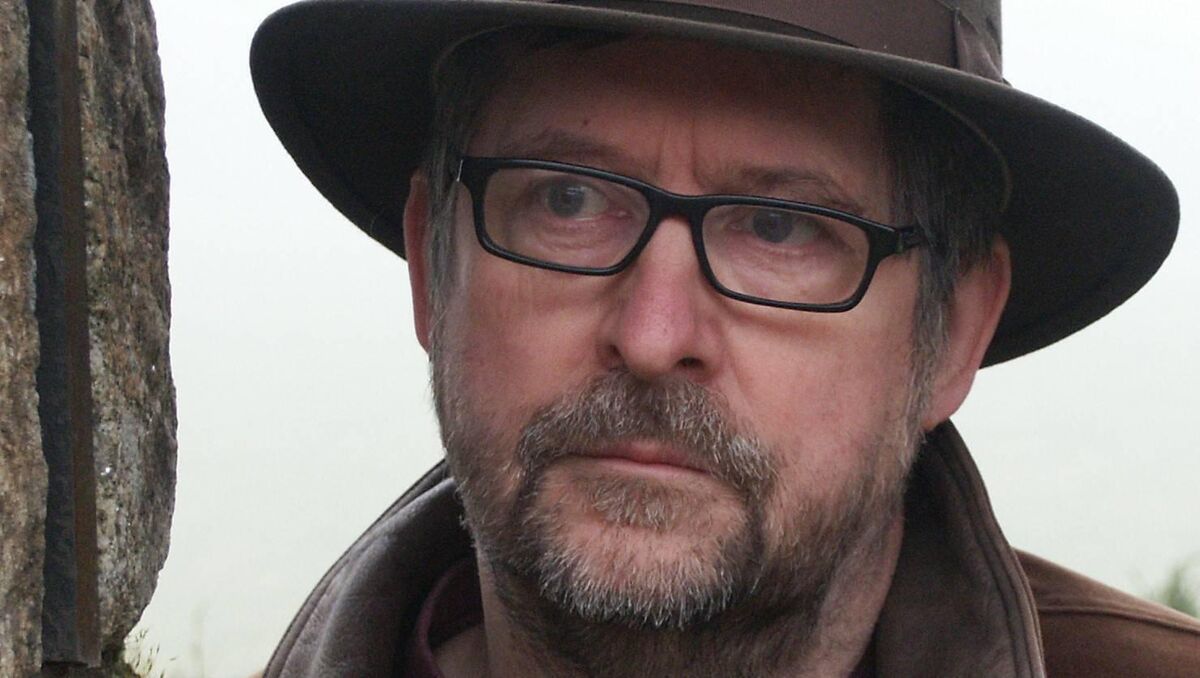
Over coffee outside the Kranzler, West Berlin’s most famous café on its most prestigious shopping street, Kurfurstendamm, you watched parked-up Soviet soldiers smoke cigarettes and they watched you back.
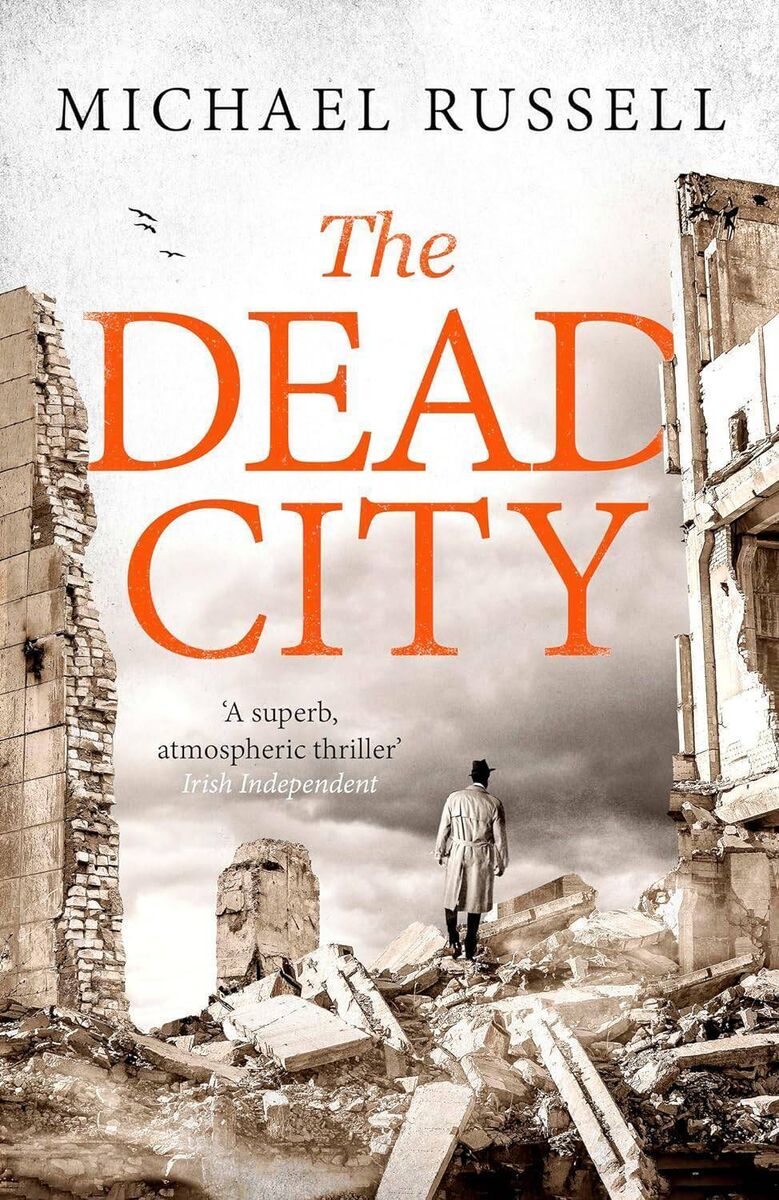
BOOKS & MORE
Check out our Books Hub where you will find the latest news, reviews, features, opinions and analysis on all things books from the Irish Examiner's team of specialist writers, columnists and contributors.



